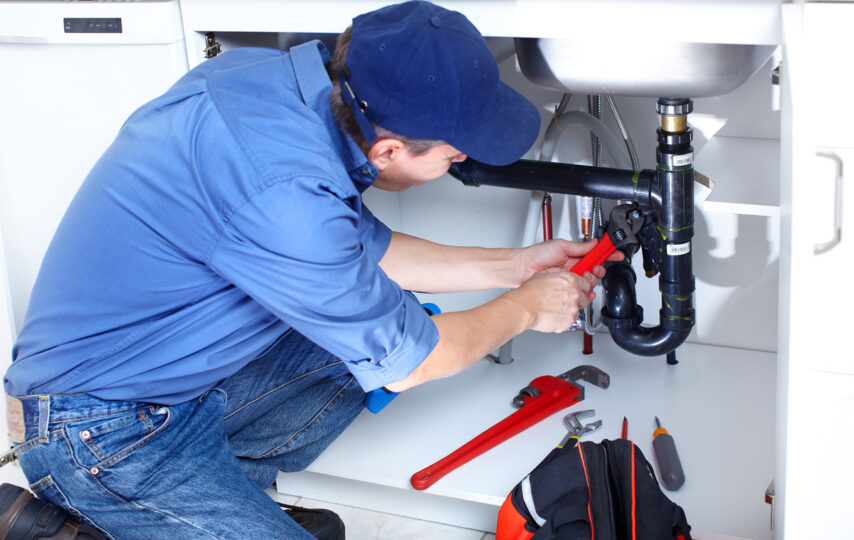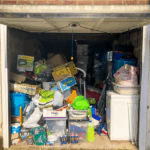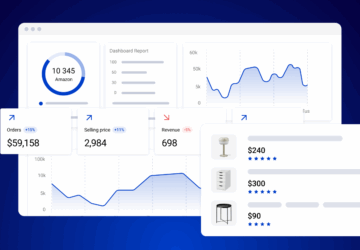Understanding the Plumbing Emergency
Plumbing emergencies can strike at any time, often catching homeowners and businesses off guard. A burst pipe or leak is not just an inconvenience; it poses serious risks to property and health if not addressed promptly. At its core, a plumbing emergency involves an unexpected incident that disrupts water flow, potentially leading to extensive water damage, mould growth, and structural issues.
Distinguishing Between Burst Pipes and Leaks
While both burst pipes and leaks involve unwanted water escape, they vary significantly in severity and impact. A burst pipe typically involves a sudden rupture due to factors like freezing temperatures or high water pressure, leading to significant water flow and potential flooding. Conversely, leaks often manifest as slow drips or damp patches due to worn-out seals, corrosion, or minor damage, which can accumulate over time if not fixed.
Identifying the Signs of a Burst Pipe or Leak
Recognising the early signs of plumbing issues can prevent minor problems from escalating into emergencies:
– Unexplained Water Bills: A sudden spike in your water bill without any change in usage patterns can indicate a hidden leak.
– Water Stains: Discolouration on walls, ceilings, or floors suggests water seepage.
– Low Water Pressure: A significant drop in water pressure might signal a larger problem within your pipes.
– Audible Dripping: Even if you can’t see it, hearing constant dripping indicates a leak.
– Mould Growth: Persistent dampness encourages mould, which thrives in moist environments.
Immediate Steps to Take in a Plumbing Emergency
When faced with a burst pipe or leak, swift action is critical:
1. Shut Off the Water Supply: Locate your main water valve and turn it off immediately to prevent further water ingress.
2. Turn Off Electrical Power: If water is near electrical outlets, switch off the power to avoid electrocution risks.
3. Contain the Water: Use buckets or towels to contain or absorb excess water.
4. Document the Damage: Photograph affected areas for insurance purposes before attempting cleaning.
5. Contact Emergency Plumbing Services: Reach out to professionals like Plumbing Force for prompt assistance.
The Role of Professional Plumbers in Emergencies
Emergency plumbers like Plumbing Force are trained to handle urgent situations efficiently:
– Rapid Assessment: They quickly identify the source of the problem and assess its extent.
– Specialised Equipment: Utilising advanced tools like thermal imaging cameras helps locate hidden leaks.
– Expert Repair Solutions: From patching leaks to replacing entire sections of pipework, their expertise ensures lasting solutions.
– Preventive Advice: Professionals provide guidance on avoiding future issues through routine maintenance checks.
Preventive Measures to Avoid Future Incidents
Prevention is always better than cure when it comes to plumbing:
– Regular Inspections: Schedule annual plumbing inspections to catch potential problems early.
– Insulate Pipes: Especially important in colder climates to prevent freezing and subsequent bursts.
– Pressure Regulators: Install devices that maintain optimal water pressure within your plumbing system.
– Replace Old Pipes: Consider upgrading ageing pipes with modern materials that resist corrosion and wear.
Handling Insurance Claims for Water Damage
Navigating insurance claims can be daunting after a plumbing emergency:
– Prompt Reporting: Notify your insurance company as soon as possible after discovering damage.
– Detailed Documentation: Provide photographic evidence and detailed reports of damages incurred.
– Understand Your Policy: Be aware of what your policy covers regarding sudden versus gradual damage.
– Professional Assessment Reports: Ensure you have assessment reports from licensed plumbers detailing necessary repairs.
Real-Life Case Studies: Lessons from the Field
Examining past incidents offers valuable insights:
Case Study 1: The Frozen Pipe Catastrophe
In January 2022, a homeowner experienced severe flooding due to frozen pipes bursting during an unexpected cold snap. Despite having some insulation, inadequate preparation led to extensive damage costing thousands in repairs.
Case Study 2: The Hidden Leak Horror
A small business owner noticed rising utility bills but ignored them until visible mould appeared months later. The slow leak had caused structural damage that required costly reconstruction efforts far beyond basic plumbing repairs.
Tools and Equipment Used by Emergency Plumbers
Professional plumbers rely on specialised tools for effective solutions:
– Pipe Locators: Essential for tracking underground pipes without excavation.
– Leak Detection Devices: Ultrasonic detectors help pinpoint leaks precisely.
– High-Powered Pumps: Used for efficient removal of standing water during floods.
– Video Inspection Cameras: Allow internal pipe inspections without invasive methods.
Choosing the Right Emergency Plumbing Service
Selecting a reliable emergency plumber ensures peace of mind:
1. Check Credentials: Verify licenses and certifications for legitimacy.
2. Read Reviews: Look for customer feedback online regarding reliability and service quality.
3. Get Estimates: Obtain quotes from multiple services before committing financially.
4. Availability Matters: Ensure they offer 24/7 support for emergencies whenever they arise.
Long-term Solutions Beyond Repair
Once immediate threats are mitigated, consider comprehensive strategies:
– Upgrade Infrastructure: Invest in high-quality materials for long-lasting plumbing systems.
– Smart Home Integration: Implement smart sensors that alert you to leaks early on via mobile notifications.
– Sustainable Practices: Incorporate eco-friendly fixtures reducing strain on older systems while conserving resources.
In summary, dealing with burst pipes or leaks requires prompt attention, professional expertise, and proactive measures against recurrence. By understanding warning signs and knowing how best to react during emergencies alongside seeking skilled assistance when needed—property owners can safeguard their investments effectively against costly damages associated with plumbing failures.








